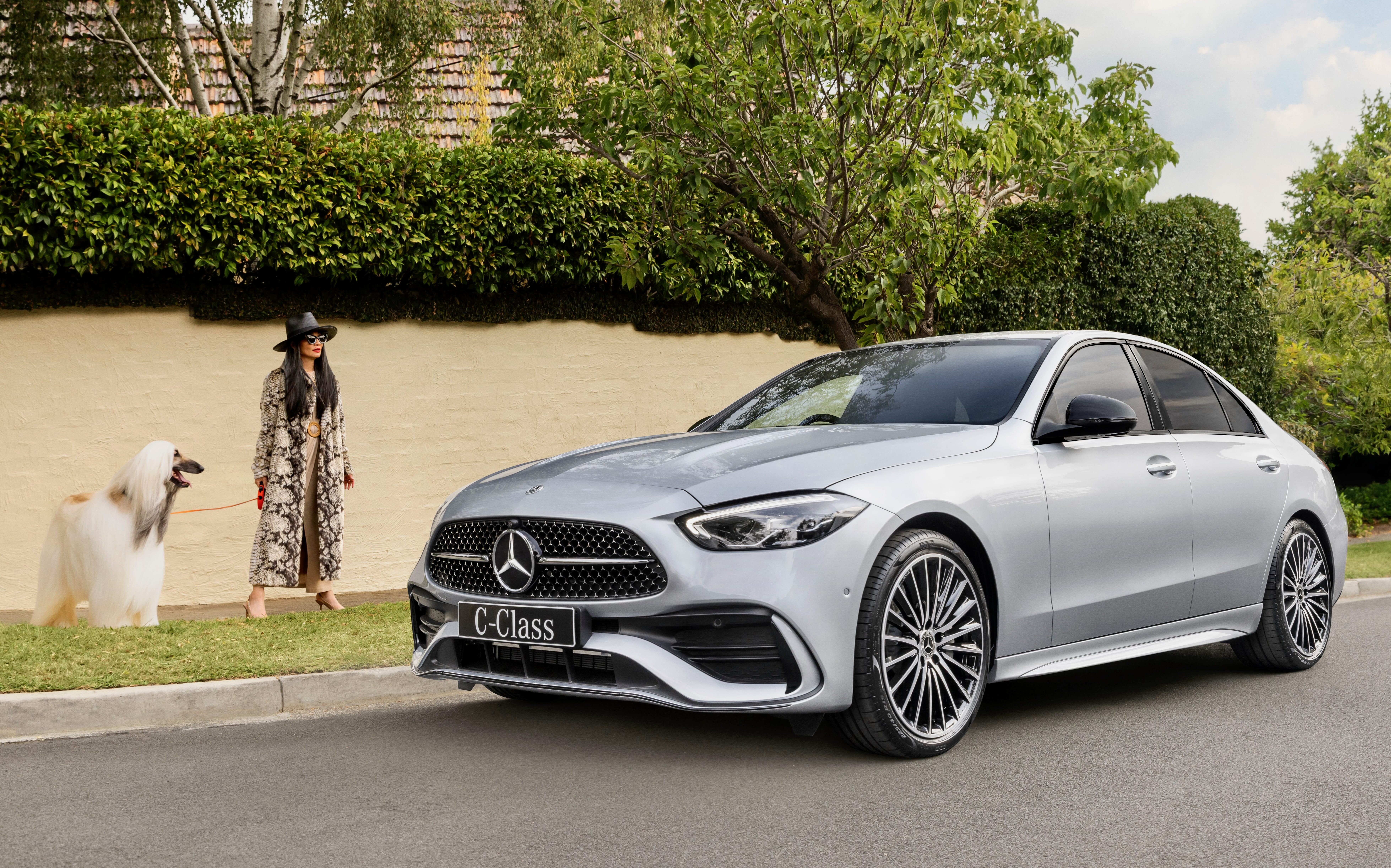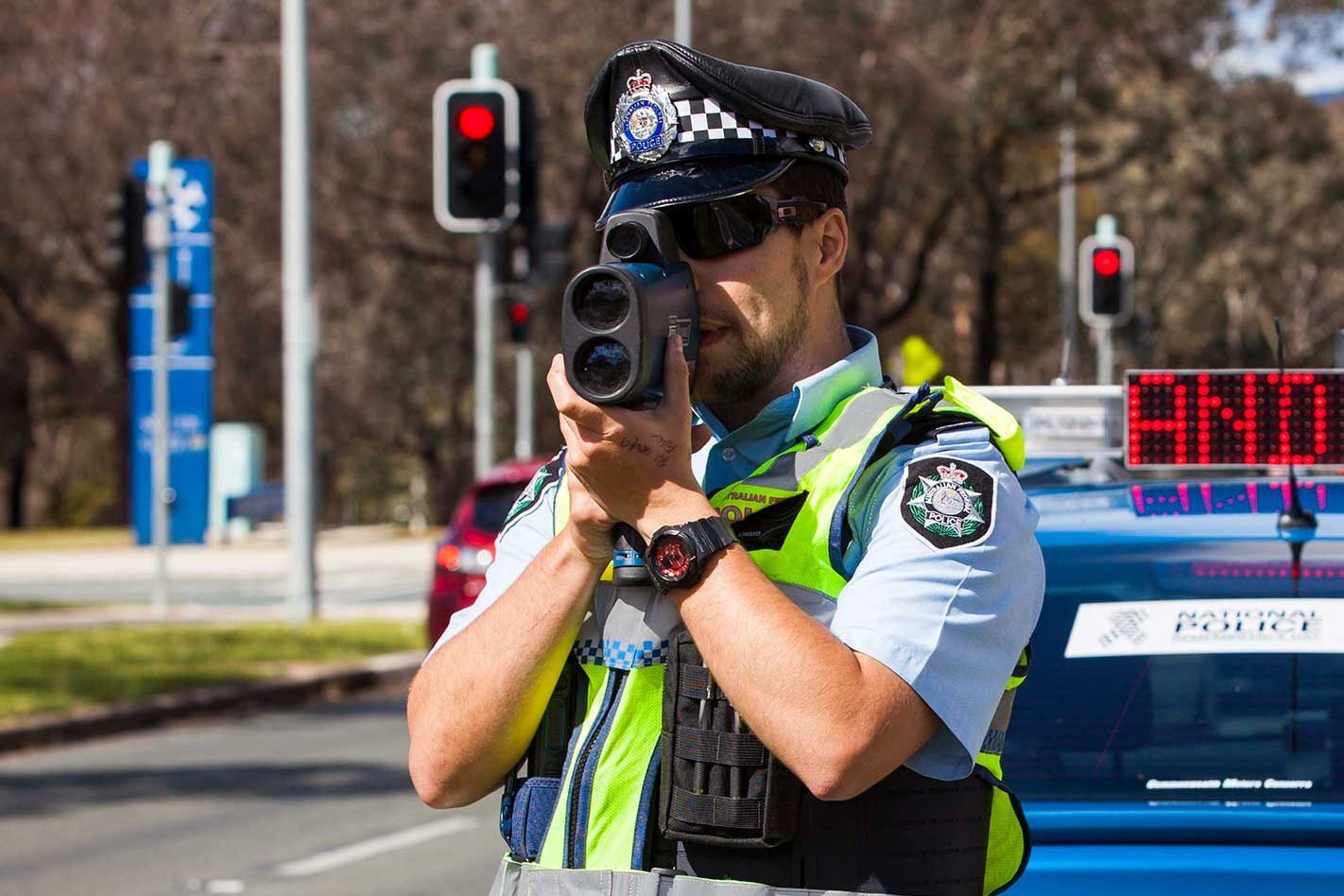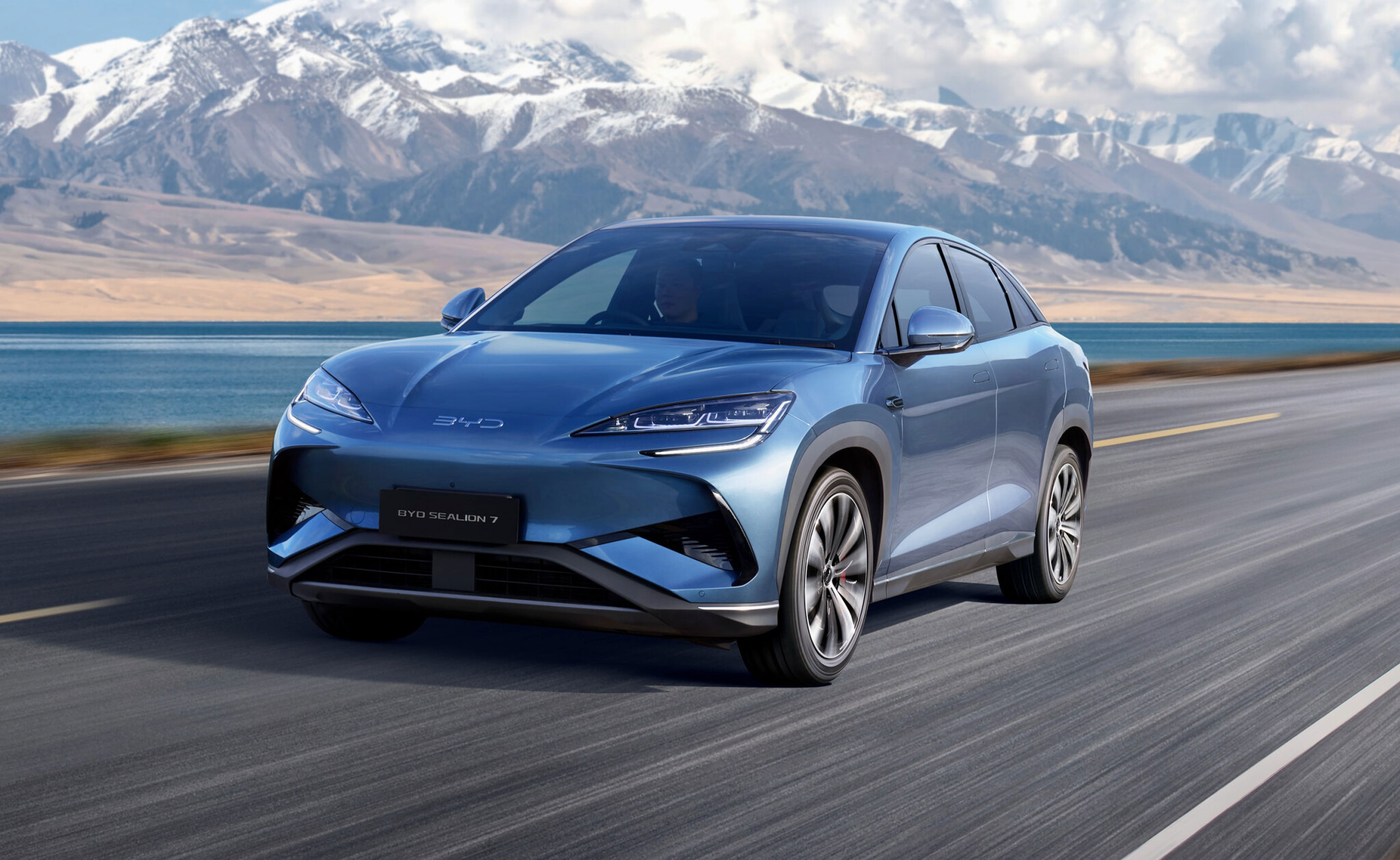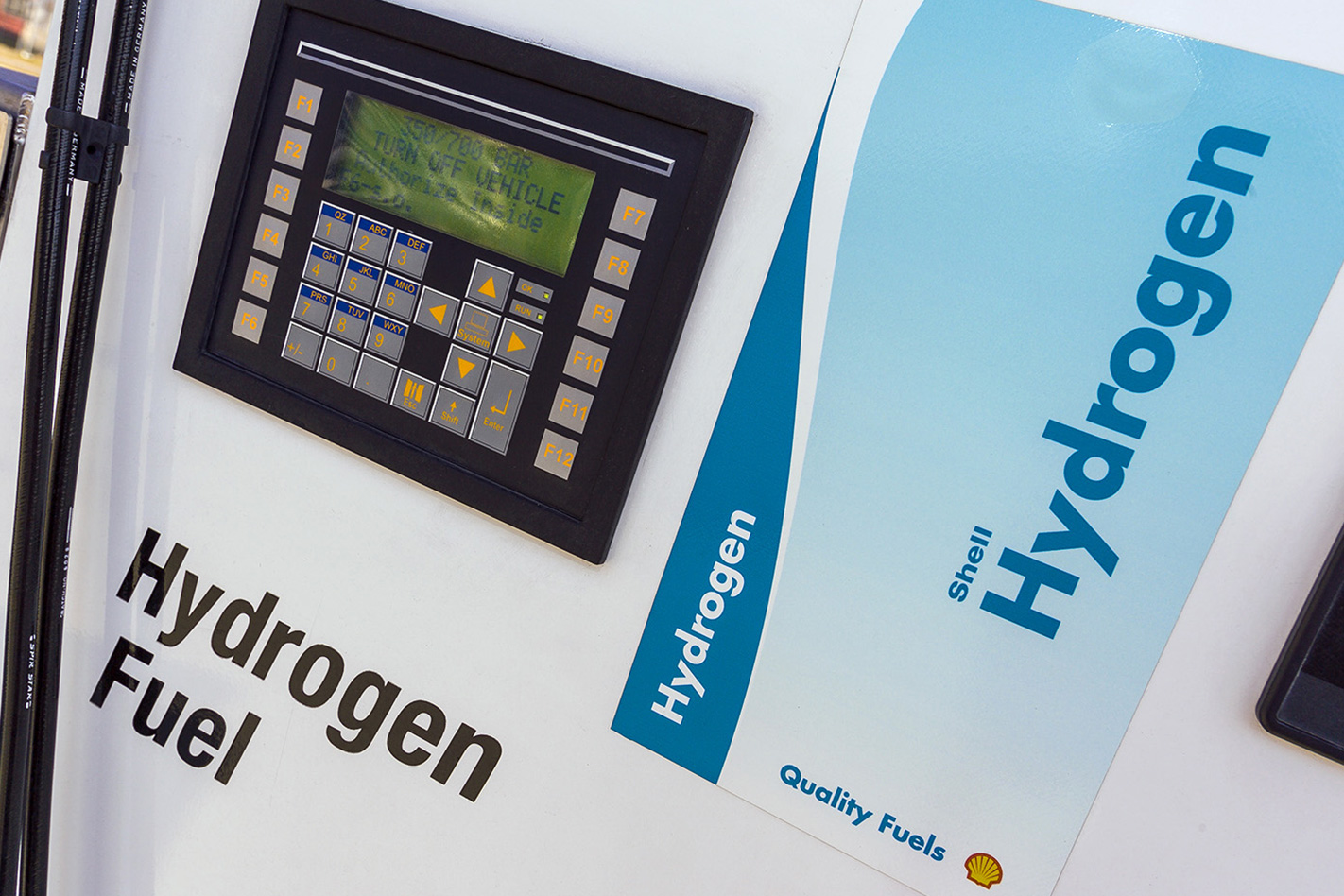
Snapshot
- Hydrogen superhighway will be a joint project between the east coast states
- Victoria aims to halve emissions by 2030, go net-zero by 2050
- Network will initially service heavy transport only
Australia’s eastern states have made a landmark announcement with a common goal in reducing carbon emissions, with a new hydrogen superhighway to be built up and down the east coast.
The hydrogen refuelling network will service heavy transport and logistics vehicles throughout Queensland, New South Wales and Victoria, aiming to not only reduce emissions but to also provide better fuel security for Australia.
A Memorandum of Understanding between the three states has been signed to develop and implement the refuelling network for freight vehicles on the Hume Highway, Pacific Highway and Newell Highway, although no timeline has yet been given as to when it will become operational.
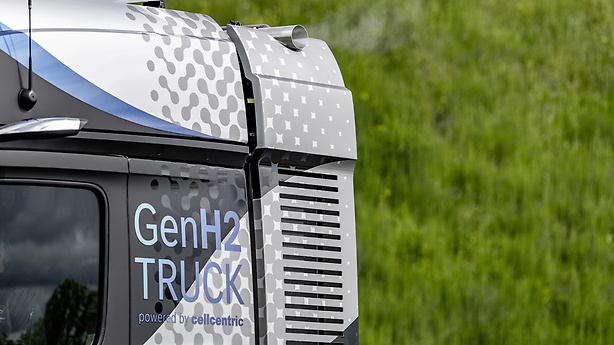
Queensland Minister for Energy, Renewables and Hydrogen, Mick de Brenni, said the last two years have shown how Australia needs to be independent with its fuel supply, while the transport sector is the easiest to target in reducing emissions.
“When you consider the impacts of the COVID pandemic and international conflicts, it’s clear Australia must achieve energy independence, to shield our nation from foreign companies and foreign powers,” said de Brenni.
“Low-emissions electricity and hydrogen-fuelled heavy transport will sit at the heart of the renewable energy eco-system. Transport is the fastest growing sector for emissions and ironically it could also be the key to reducing them.
“Transport applications are one of the most economic uses of hydrogen, where it is already competitive with diesel on a cost-of-fuel basis. However, Government support is needed to help develop refuelling stations so transport companies can economically invest in new vehicles.”
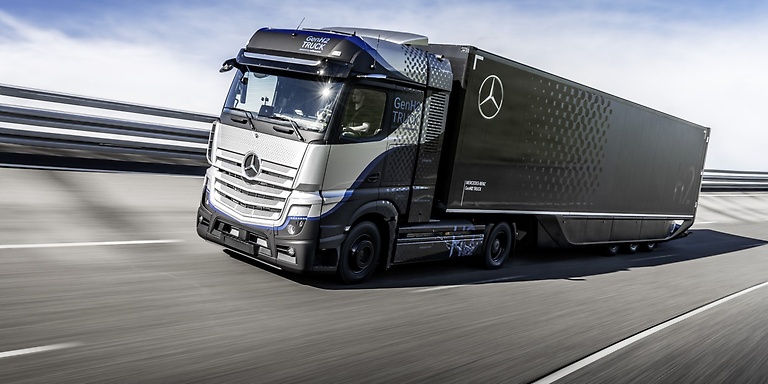
Victorian Minister for Energy, Environment and Climate Change, Lily D’Ambrosio, reiterated the importance of the hydrogen superhighway’s development to the state’s own emissions reduction targets.
“The renewable hydrogen highway will create new jobs, drive investment across the east coast and is a landmark step towards meeting Victoria’s target to halve emissions by 2030 and reach net-zero by 2050,” said D’Ambrosio.
“This historic collaboration between Victoria, New South Wales and Queensland will revolutionise Australia’s busiest freight corridor, lighting a pathway to a zero-emissions transport sector.”
Her sentiments were echoed by New South Wales Energy Minister Matt Kean, saying the refuelling network will allow freight companies to begin their transition towards zero-emissions vehicles.
“Renewable hydrogen will increasingly become a competitive zero-emissions fuel option for our heavy transport sector, giving our trucking industry the opportunity to decarbonise their fleets,” said Kean.
“The governments of NSW, Victoria and Queensland are signing Memorandums of Understanding for the refuelling corridors, starting with the Hume Highway, the Pacific Highway and the Newell Highway.”

The project has also seen support from Volvo Group Australia’s vice president of emerging technology business development, Paul Illmer, believing it aligns with the automotive company’s own goals.
“Hydrogen will play a vital part in Volvo Group Australia’s decarbonization strategy during the latter half of this decade,” said Illmer.
“A holistic approach to fueling the Australian economy is needed to accelerate our journey to a fossil fuel free future.
“And for our part we are committed to building Australian engineered battery electric and hydrogen fuel cell heavy vehicles here in Queensland as a part of that strategy.
“The roll out of local hydrogen infrastructure gives us the certainty to push ahead on that journey.”
While the refuelling network will initially be designed with heavy vehicles in mind, the infrastructure could eventually support hydrogen passenger vehicles, as the only stations in Australia are currently located within Melbourne, Sydney, Canberra and Brisbane.
We recommend
-
 Opinion
OpinionOpinion: Hydrogen makes sense for heavy transport
Mercedes’ CEO is convinced that hydrogen’s role is as a fuel for high-mileage, electric-powered freighters of the road.
-
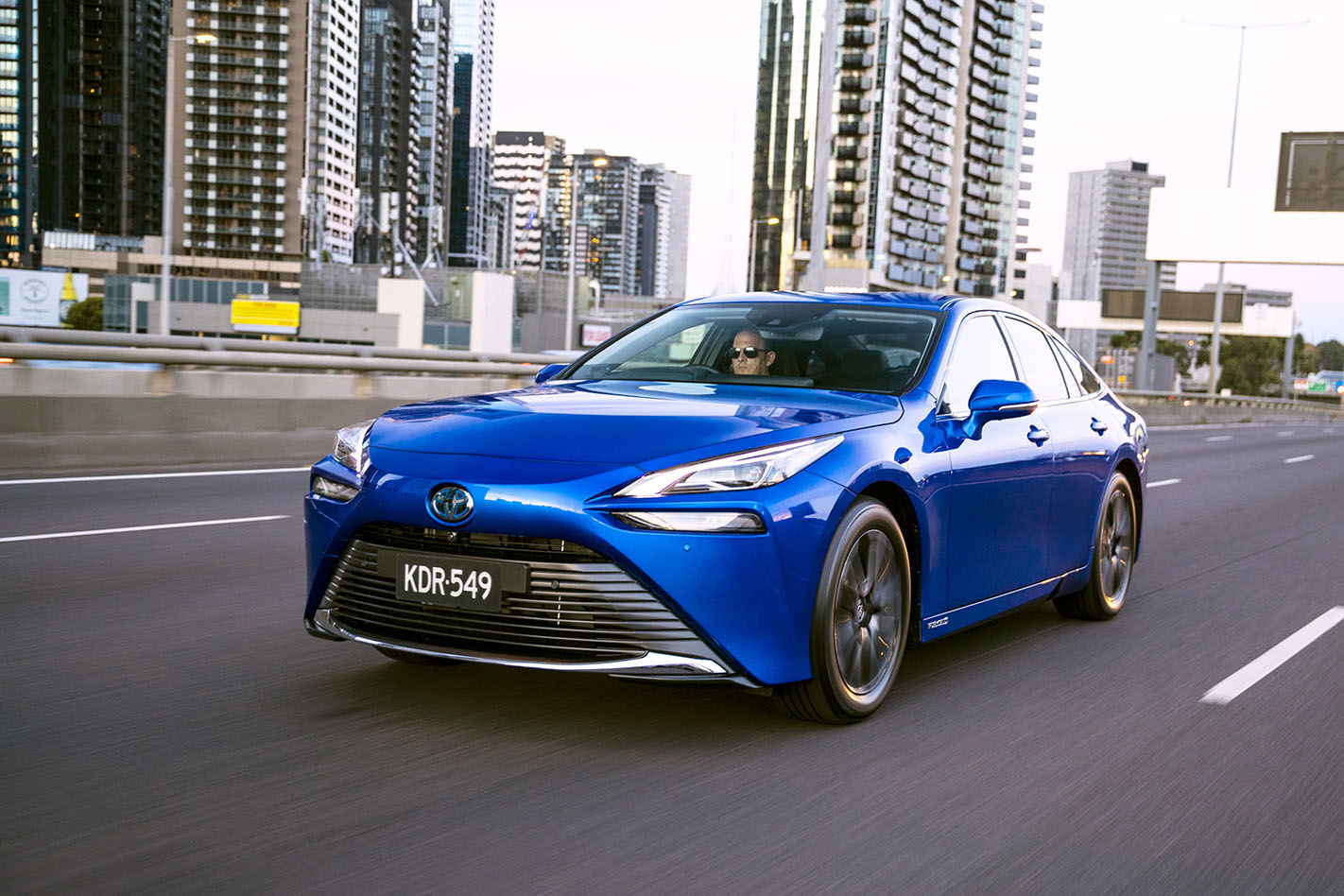 Advice
AdviceWill hydrogen fuel cells triumph over battery electric cars in Australia?
There’s a lot of discussion about these two low/zero emission ‘fuels’ being in a tug of war, but what if there’s no war at all?
-
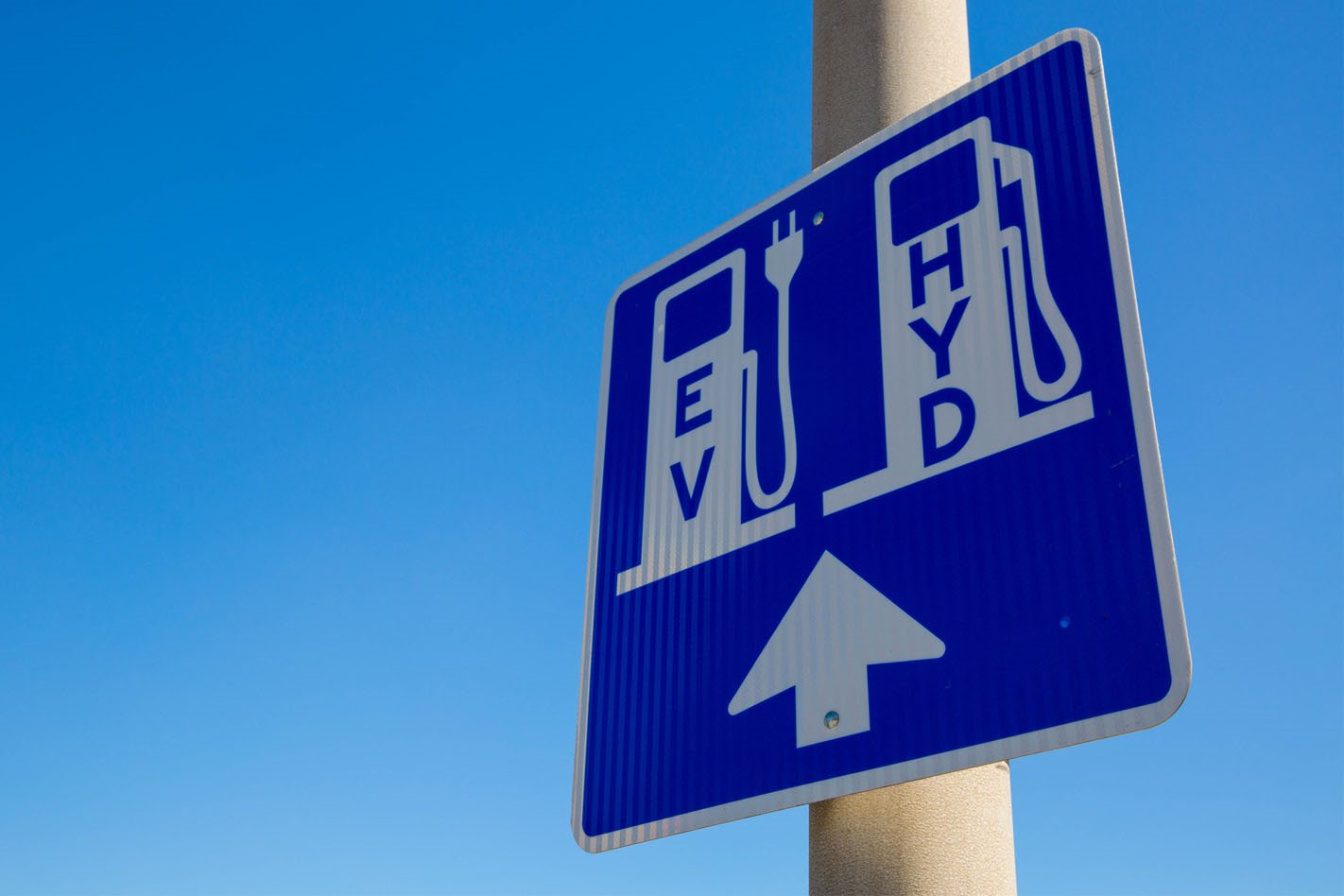 News
NewsHydrogen storage breakthrough could change car game
High-tech ‘nanoscopic’ material could solve hydrogen power’s biggest challenge


